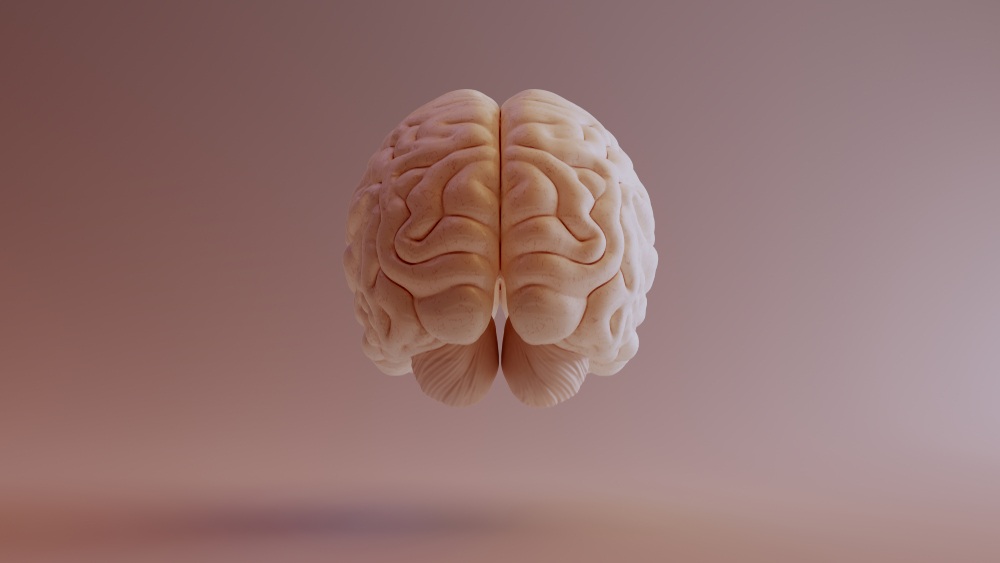Nanowire Networks Possess Brain-Like Learning and Memory Capabilities

An international team led by scientists at the University of Sydney has demonstrated nanowire networks can exhibit both short- and long-term memory like the human brain.
The research has been published today in the journal Science Advances, led by Dr. Alon Loeffler, who received his Ph.D. in the School of Physics, with collaborators in Japan.
"In this research we found higher-order cognitive function, which we normally associate with the human brain, can be emulated in non-biological hardware," Dr. Loeffler said.
"This work builds on our previous research in which we showed how nanotechnology could be used to build a brain-inspired electrical device with neural network-like circuitry and synapse-like signaling.
"Our current work paves the way towards replicating brain-like learning and memory in non-biological hardware systems and suggests that the underlying nature of brain-like intelligence may be physical."
Nanowire networks are a type of nanotechnology typically made from tiny, highly conductive silver wires that are invisible to the naked eye, covered in a plastic material, which are scattered across each other like a mesh. The wires mimic aspects of the networked physical structure of a human brain.
Advances in nanowire networks could herald many real-world applications, such as improving robotics or sensor devices that need to make quick decisions in unpredictable environments.
"This nanowire network is like a synthetic neural network because the nanowires act like neurons, and the places where they connect with each other are analogous to synapses," senior author Professor Zdenka Kuncic, from the School of Physics, said.
"Instead of implementing some kind of machine learning task, in this study Dr. Loeffler has actually taken it one step further and tried to demonstrate that nanowire networks exhibit some kind of cognitive function."
To test the capabilities of the nanowire network, the researchers gave it a test similar to a common memory task used in human psychology experiments, called the N-Back task.
For a person, the N-Back task might involve remembering a specific picture of a cat from a series of feline images presented in a sequence. An N-Back score of 7, the average for people, indicates the person can recognize the same image that appeared seven steps back.





